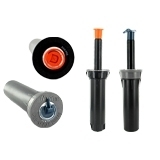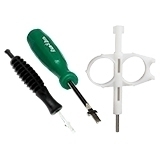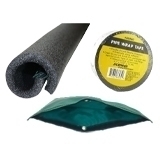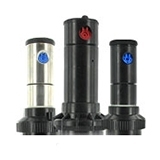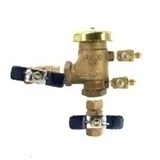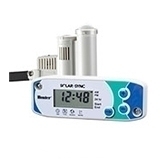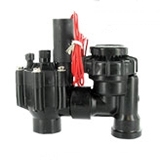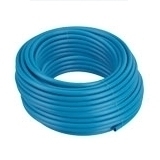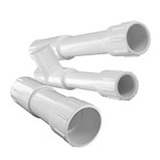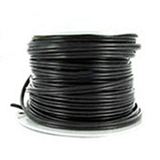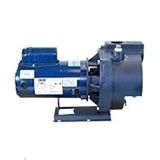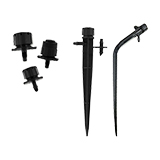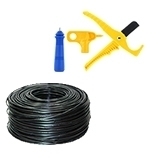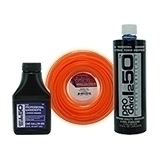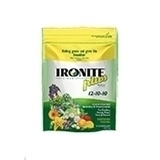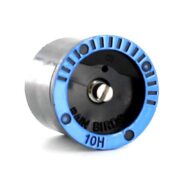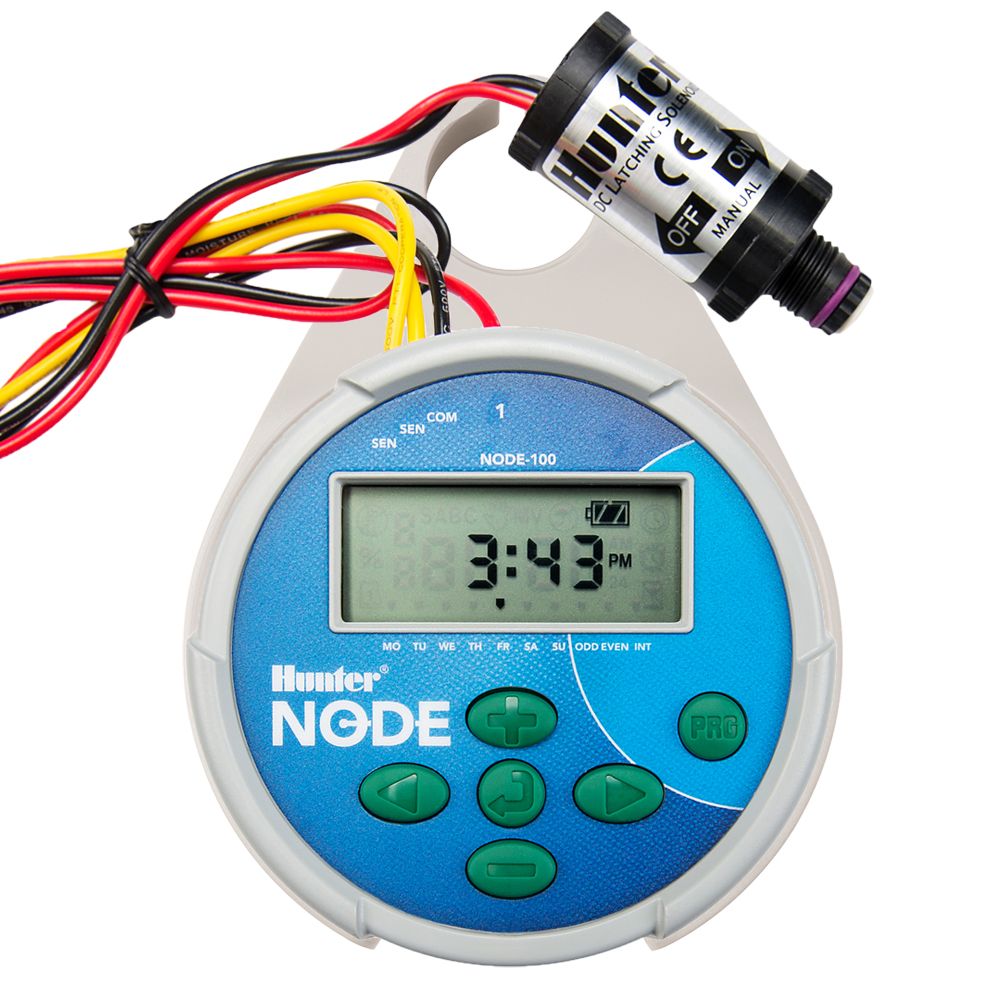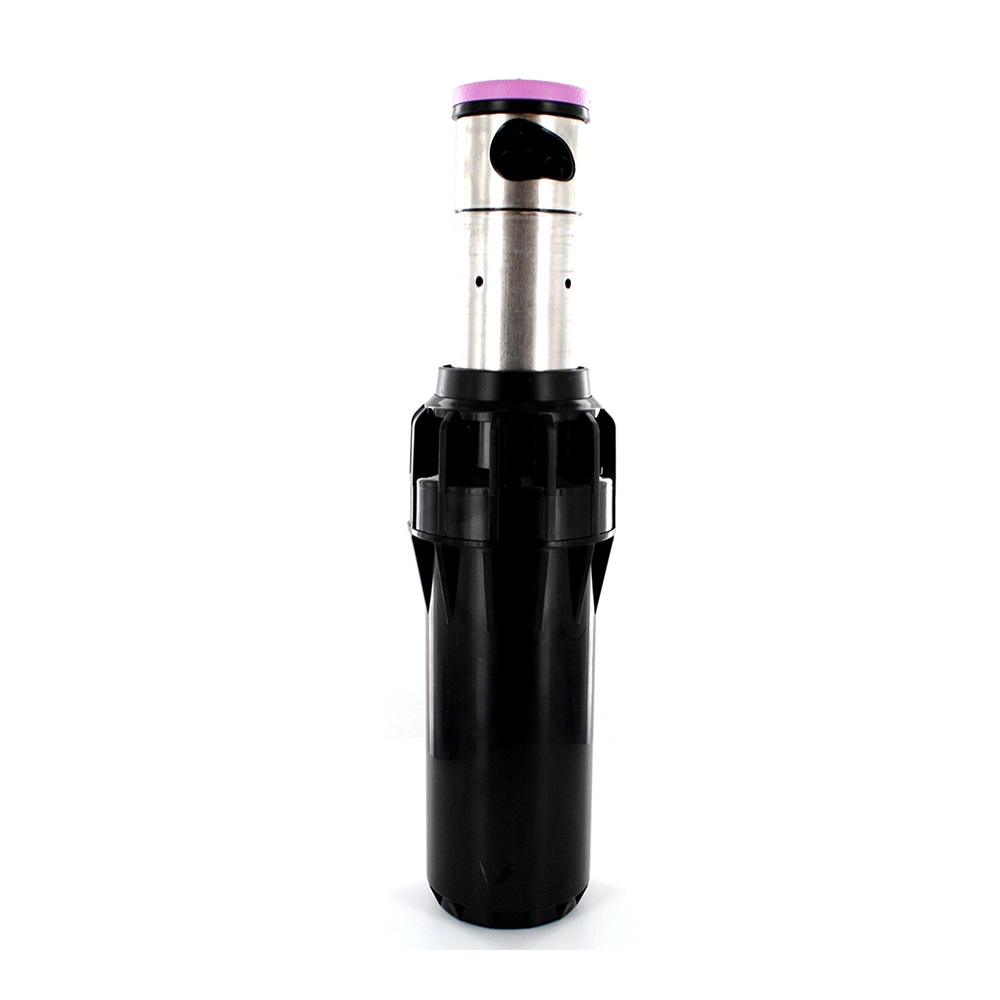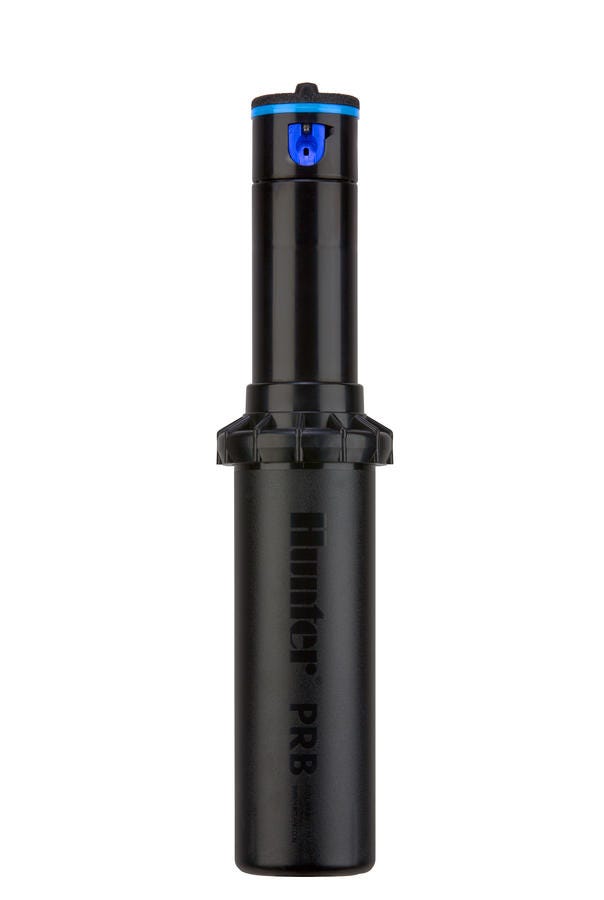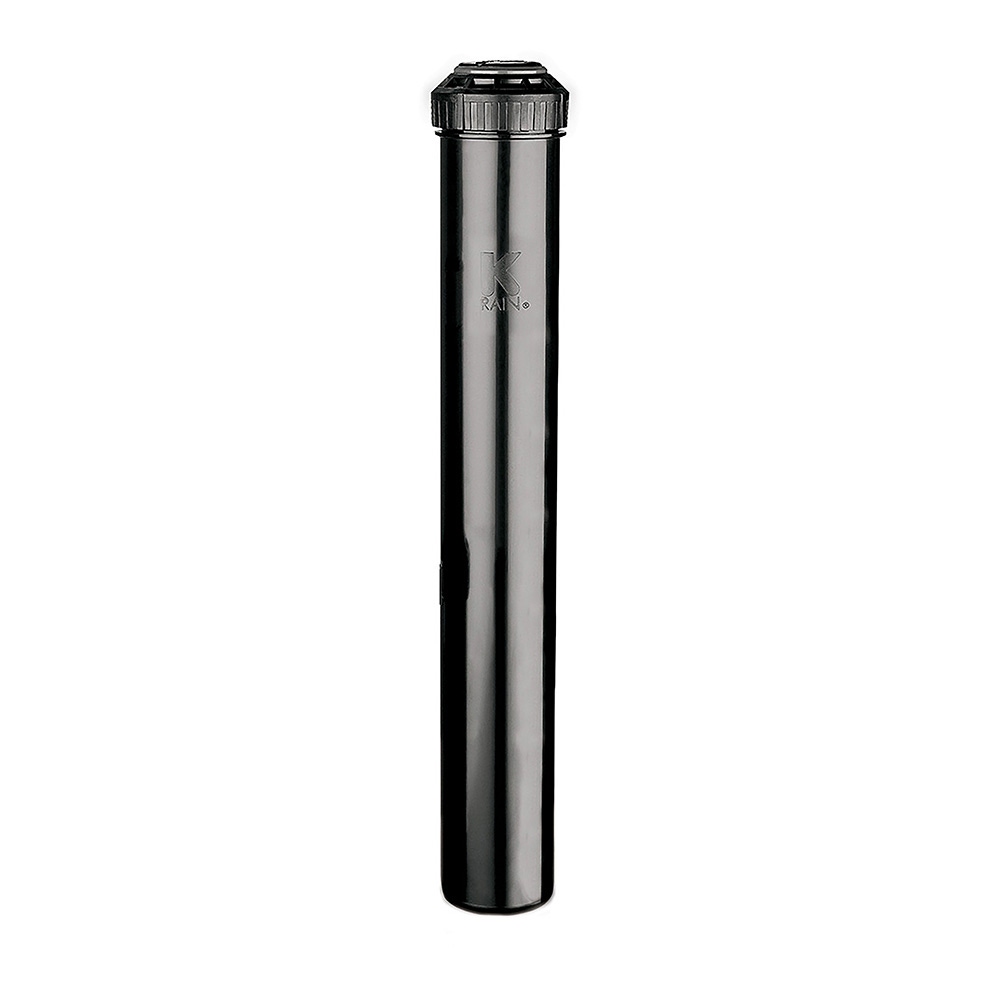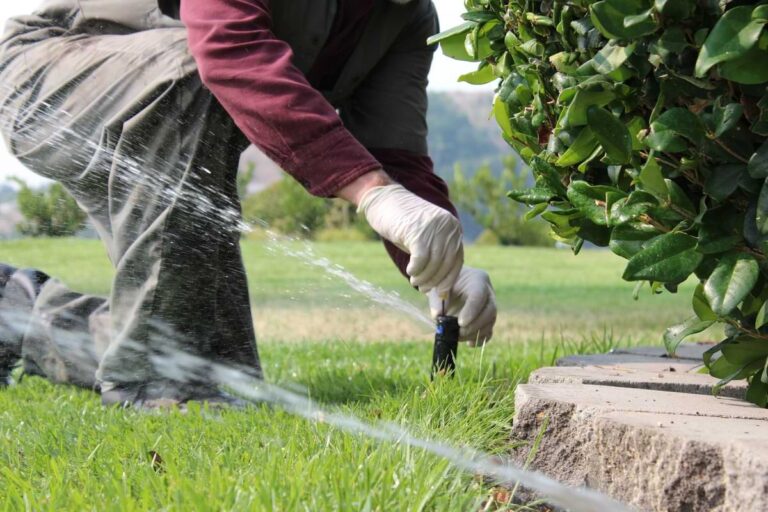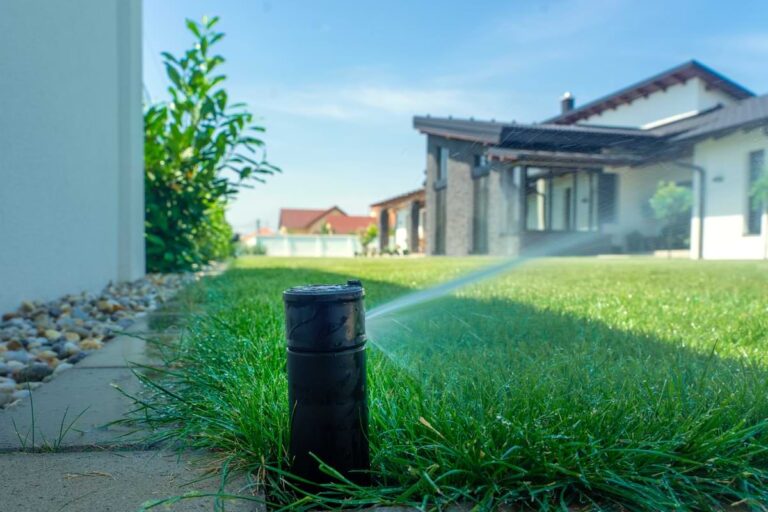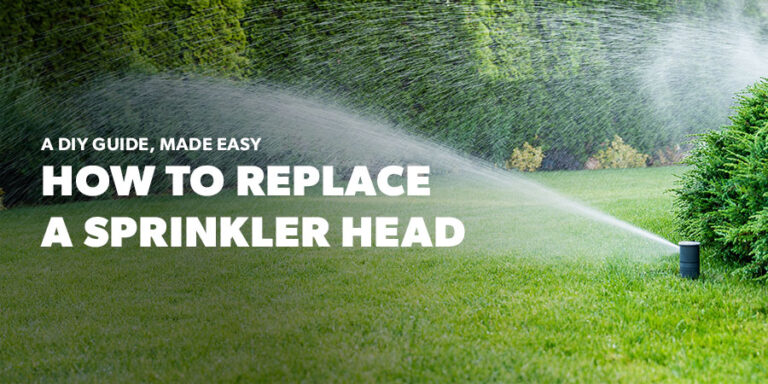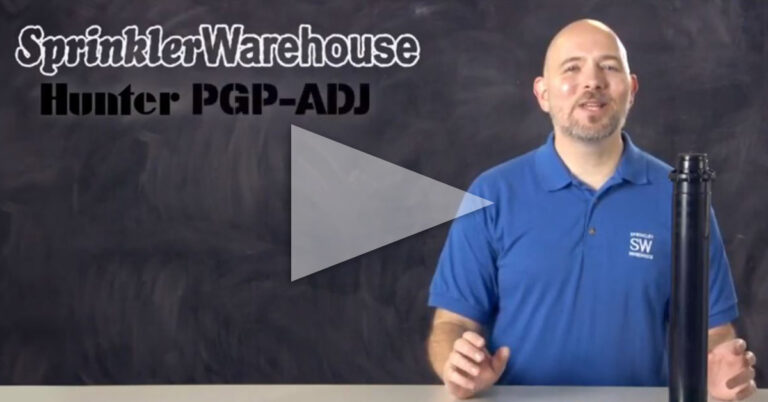Proper Rotor Maintenance To Keep Your Irrigation System At Peak Efficiency
Keep your system at peak efficiency by performing regular rotor maintenance. A poorly maintained system will wastewater and lead to distressing turf and landscaped areas.
Proper system maintenance is easy if you are diligent in your inspection, carefully follow the correct repair steps, and use the proper equipment. Nowhere is this more evident than rotors, especially closed-case rotors. Manufacturers design rotors to be nearly maintenance-free, but they still need a dose of seasonal “TLC” to ensure proper operation.
For those of you who live in northern climates, inspect your irrigation system annually, at the beginning of the season. If you live in the south, perform an inspection at least twice a year.
During the inspection, you should check each rotor for proper arc adjustment, thatch build-up, proper rotation, worn nozzles, and worn seals. Occasionally, you may also find cracked cases and clogged screens. Most of these are simple to detect and fix. However, it requires you to spend the time to watch each rotor operating.
Featured Tools
A Checklist For Seasonal Rotor Maintenance:
Arc Adjustment
It’s important to dedicate the time to make sure that each part-circle rotor moves completely through its properly adjusted arc pattern. Vandals or even children playing with the rotors may change the rotor’s arc setting. If the arc requires modification, readjust it according to the manufacturer’s instructions.
Thatch Build Up
As the grass grows, it develops thatch. Thatch is decomposing organic material that lies under the grass blade on the soil. If the thatch interferes with the water stream from the nozzle, it may need to be removed and thinned. In older systems, it may be necessary to dig up the rotor, attach a riser, and physically raise the height of the rotor.
Rotation
As with arc adjustment, carefully observe each rotor in operation to ensure it rotates. If the rotor does not rotate, replace it with a comparable rotor and nozzle.
Worn NozzlesRotors with a worn nozzle will throw the water a shorter distance and the water stream will appear “rough.” Worn nozzles usually occur in older systems or systems that have a dirty, or gritty water source. Replace worn nozzles with the manufacturer’s recommended nozzles.
Worn SealsWater is flowing between the rotor’s turret and the cap indicates a worn seal. However, worn seals may only exhibit a slight drip between the rotor turret and the cap. In either case, the seal or the cap needs to be replaced. Some manufacturer’s rotors have a replaceable seal. However, when the seal is an integral part of the cap, the entire cap needs to be replaced.
Cracked CaseThis problem can be difficult to detect. It will appear as an unusually wet area at the rotor. You’ll often find this problem along a driveway, usually caused by a vehicle running over a rotor. Sometimes it is also the result of an improperly winterized system. To correct the problem, remove the rotor and the replace the case. Sometimes there may be hidden issue, such as a damaged rotor turret or drive mechanism. It may be more sensible to replace the entire rotor.
Clogged ScreensManufacturers provide screens at the base of the rotor or turret to trap dirt and debris which would otherwise clog the nozzle. When enough debris becomes trapped, the blockage will cause low pressure, restrict flow, and reduce the distance of throw. Clogged screens are commonly caused by:
- A buildup of dirt and debris introduced to the irrigation system as the result of a repair
- Broken pipes downstream of the rotor which can pull dirt into the line
- Algae buildup
So to correct a clogged screen, remove the rotor internals and completely flush the line. Then, remove any debris from the screen. Take care while flushing the line to prevent additional debris from washing back into the system.
In Conclusion: Rotor Maintenance
Rotor maintenance is fairly simple if you follow a few simple steps. The time spent inspecting the system and making minor adjustments and repairs will help your irrigation system perform well for many years. Your efforts will not only keep the sprinkler system running well, they will keep your landscape watered and happy.
Buy now at
![]()

K-Rain ProPlus Rotor 12 in. | 11003-HP

Toro Rotor with Check Valve 1 in. | T7P-02
Related Products

K-Rain ProPlus Rotor 12 in. | 11003-HP

Toro Rotor with Check Valve 1 in. | T7P-02
You have questions, we have answers. Chat with us on the forum!

You have questions, we have answers. Chat with us on the forum!
Visit Sprinkler Warehouse for:
Privacy Policy Terms & Conditions | Copyright © 2022 Sprinkler Warehouse, Inc. All Rights Reserved.



